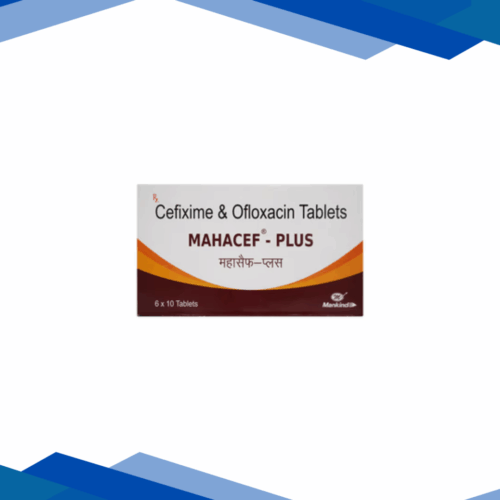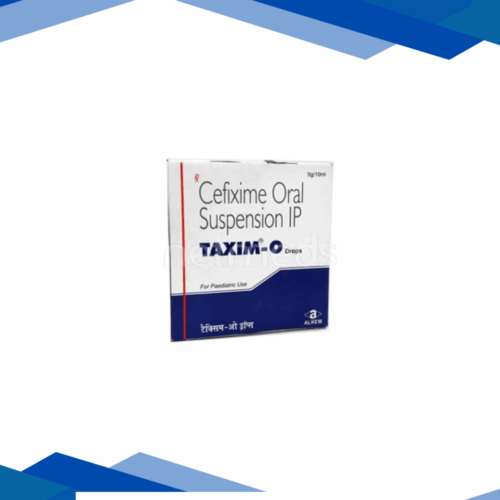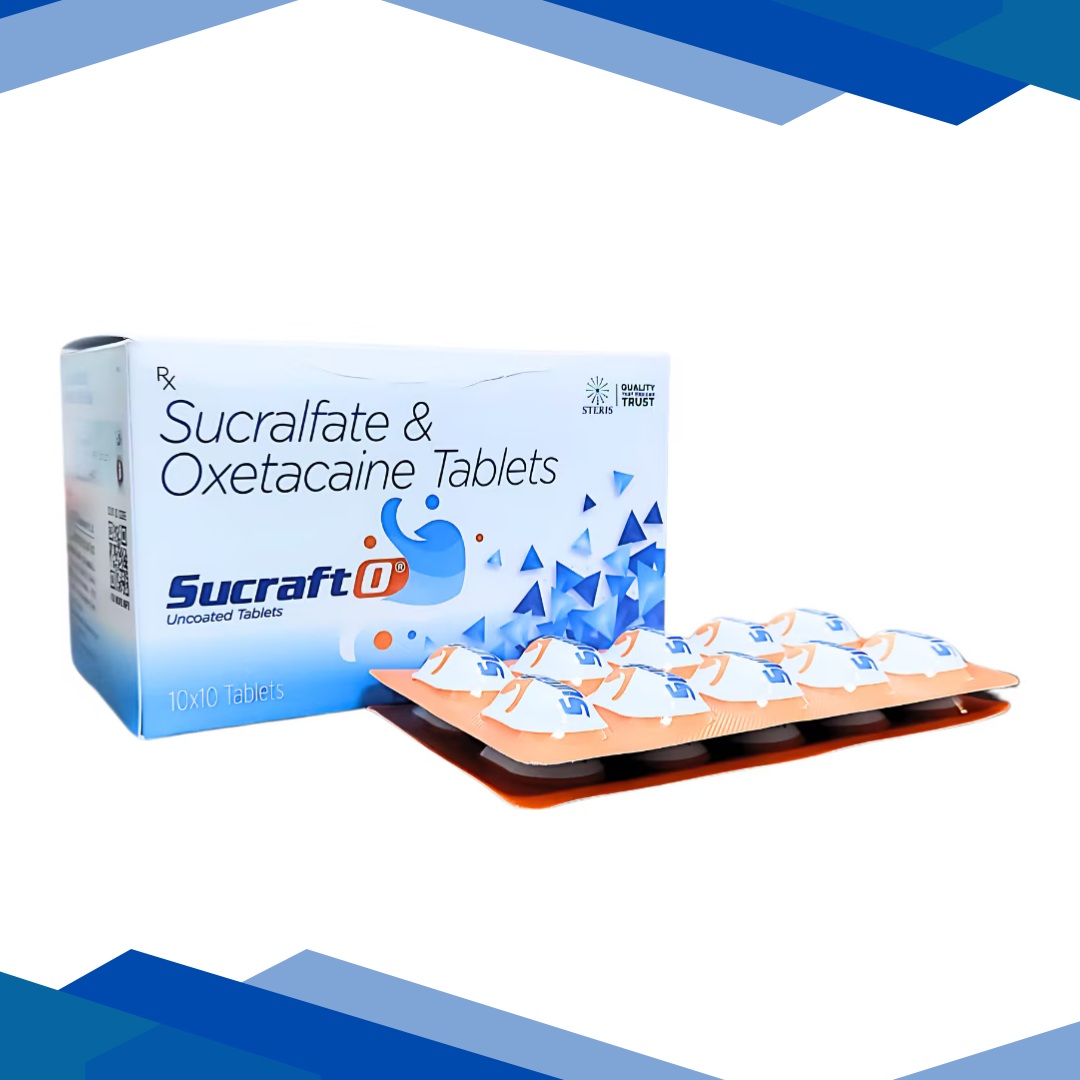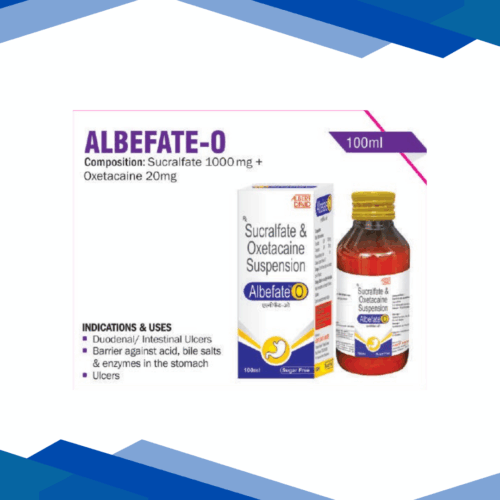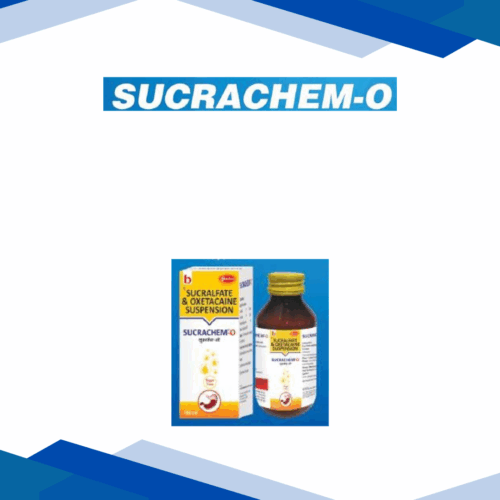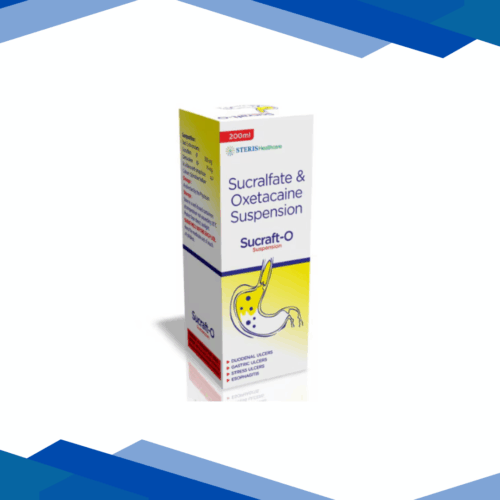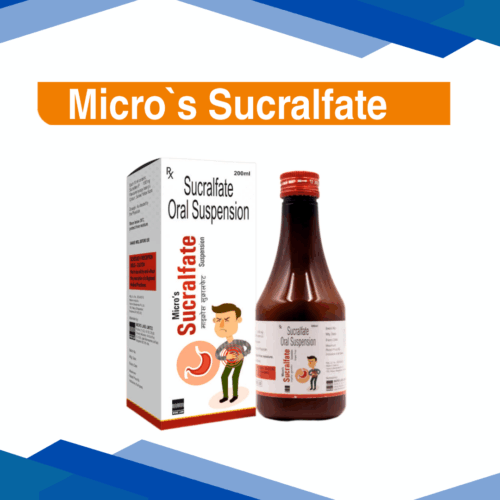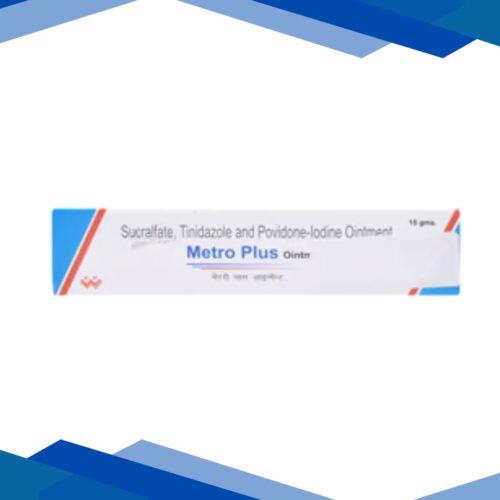Sucraft 0
No Prescription yet? Don’t worry! Click Here to Get Online Consultation
Why Prescription is Required?
✅ Providing Right Medicines
Prescriptions are complex documents. We proofread and recheck at various steps to provide you the right medication in the correct form and dose.
⚖️ Helps Comply with the Law
Most medicines cannot be sold without a valid prescription, as per the Drugs and Cosmetics Act, 1940 and Rules, 1945.
Book Appointment with Doctor
This combination is used to treat ulcers, acidity, and pain caused by conditions like gastritis or acid reflux. For more details kindly click on Medicine Salts below:
Oxetacaine
OXETACAINE
Overview
Oxetacaine is a local anesthetic (numbing medicine) that helps relieve pain and discomfort in the stomach and throat. It’s usually used with antacids to treat problems like acid reflux, gastritis, and ulcers.
Classification
Local anesthetic
Uses
Oxetacaine is used to:
Soothe burning pain in the stomach (like in acidity or heartburn)
Reduce discomfort from gastritis or stomach ulcers
Ease throat irritation caused by acid reflux
Often combined with antacids to provide quick relief from stomach acid-related pain
How It Works
Oxetacaine works by numbing the stomach lining and throat, so you feel less burning or pain. It doesn’t reduce acid, but it makes the area less sensitive to irritation caused by acid or ulcers.
Dosage
As prescribed by your doctor.
Side effects
Oxetacaine is usually well tolerated, but some people may experience:
Nausea or vomiting
Mild diarrhea or constipation
Allergic reaction – signs include rash, itching, or swelling
Numb feeling in the throat or mouth
If taken in very large doses: Drowsiness, dizziness, or breathing problems
Precautions
Before or while using Oxetacaine, keep in mind:
Tell your doctor if you have liver or kidney problems
Not usually recommended for children unless prescribed
Avoid alcohol and spicy foods while using it, as they can make symptoms worse
Let your doctor know if you are pregnant or breastfeeding
Don’t use it for a long time without medical advice — it’s meant for short-term relief
Disclaimer
This content is for informational purposes only. Always consult a healthcare provider for medical advice and proper dosage
Sucralfate
SUCRALFATE
Overview
Sucralfate is a medication that helps protect and heal the lining of your stomach or intestines. It’s commonly used to treat ulcers and irritation in the digestive tract by forming a protective layer over the affected area.
Classification
Anti-ulcer
Uses:
Heals stomach and duodenal ulcers
Relieves gastritis (inflammation of the stomach lining)
May be used to protect the digestive tract in other acid-related conditions (like reflux or mouth ulcers caused by medical treatments)
How It Works:
Sucralfate acts like a protective bandage inside your stomach. When you take it, it turns into a thick, sticky substance that coats ulcerated or irritated areas. This shield protects them from stomach acid and digestive juices, allowing them to heal naturally over time.
Dosage:
As prescribed by your doctor.
Side Effects:
Most people handle it well. Some might experience:
Constipation (most common)
Gas or bloating
Dry mouth
Mild nausea or stomach discomfort
Rare side effects:
Allergic reactions (rash, itching, swelling, or trouble breathing)
Aluminum buildup in those with kidney problems (especially with long-term use)
Precautions:
Take on an empty stomach—usually 1 hour before meals and before bedtime
Keep a gap of at least 2 hours between sucralfate and other medicines, since it can interfere with their absorption
Inform your doctor if you have kidney issues before starting
Safe to use during pregnancy or breastfeeding if recommended by your doctor
To avoid constipation, drink plenty of water and eat fiber-rich foods
Disclaimer:
This content is for informational purposes only. Always consult a healthcare provider for medical advice and proper dosage.

